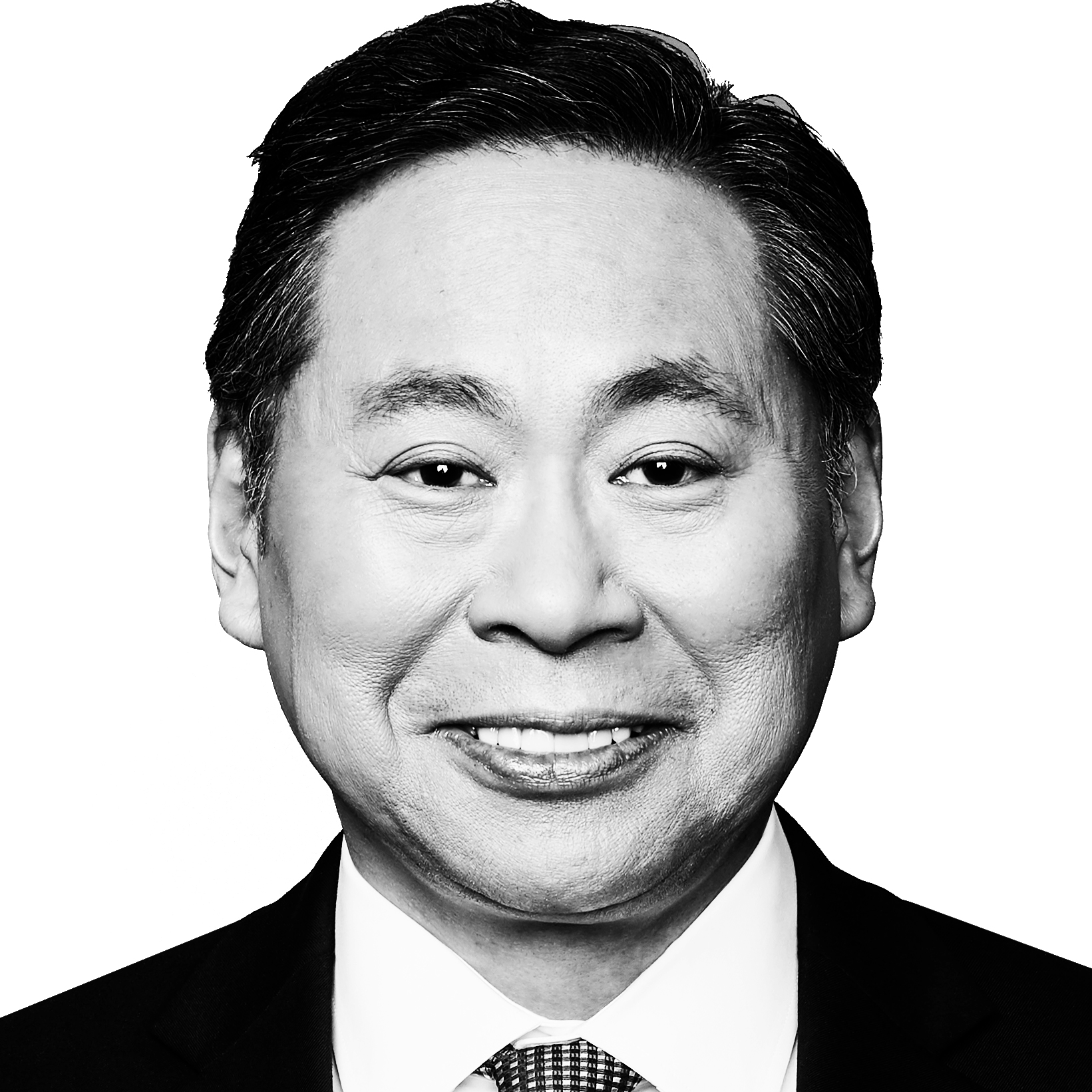Opinion
Photo Illustration by Thomas Levinson/The Daily Beast/Getty
Is This Legal Strategy Trump’s Last Hope in Hush-Money Case?
‘DESPERATE ATTEMPT’
Trump’s defense lawyers appear desperate enough to try it, but it wouldn’t mean a complete victory for the former president.
opinion

Trending Now





